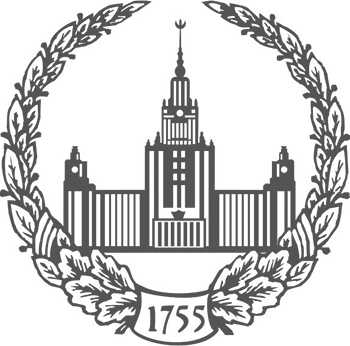
-
The Black Sea Region and Byzantium from the Thirteenth through the Fifteenth Centuries: Results of New ResearchMoscow University Bulletin. Series 8: History 2024. Vol.65. N 6. p.3-23read more246
-
The article examines the informational potential of new sources on the history of the medieval Black Sea region and Byzantium from the 13th through the 15th centuries, in conjunction with recent research conducted by Russian scholars on this topic. The new sources include materials from Italian archives and archaeological discoveries in Crimea and Novorossiya. The significance of documents from the Genoese Bank of St. George is emphasized, as they have facilitated the reconstruction of administrative mechanisms in the Black Sea colonies, the interaction between these colonies and the communication between the metropolis and its colonies. These archival documents also provide information on the involvement of Russians in trade activities in Caffa, the emergence of an independent Crimean Khanate apart from the Golden Horde, and its history. It is noteworthy that published and archival Genoese documents elucidate various aspects of Genoese and Tatar interactions, including during the formation of Crimean Tatar statehood, as well as relations between Caffa and the Turks. The archival materials from the funds of Colleggio, Archives of Venice, have been instrumental in the restoration and clarification of data on Venetian commercial activity in the Black Sea region, while the documents from the Venice State Archive have elucidated the ethno-confessional relations in Tana. New interpretations of archaeological epigraphic sources related to the “Crimean Gotia” and found at a settlement located at Mangup serve to strengthen assumptions about the social structure of the Feodorites and their interactions with Latins and Mongols. The author emphasizes the efficacy of correlating archaeological data on late medieval Byzantine settlements with written sources. This correlation has facilitated the creation of a digital map of the settlements in the Sudak area. A signifi cant research trajectory within the domain of medieval history in the region pertains to the digital reconstruction of the topography of its prominent localities. This approach has already been implemented in the city of Cembalo, where a comprehensive reconstruction of its master plan has been undertaken. The comprehensive analysis of written and archaeological sources, and the correlation of their data with the historical map of Crimea, will continue.
Keywords: Byzantium, Black Sea Region, Caffa, Genoese Trading Stations, Principality of Theodoro, Golden Horde, Crimean Khanate, Tana
-


